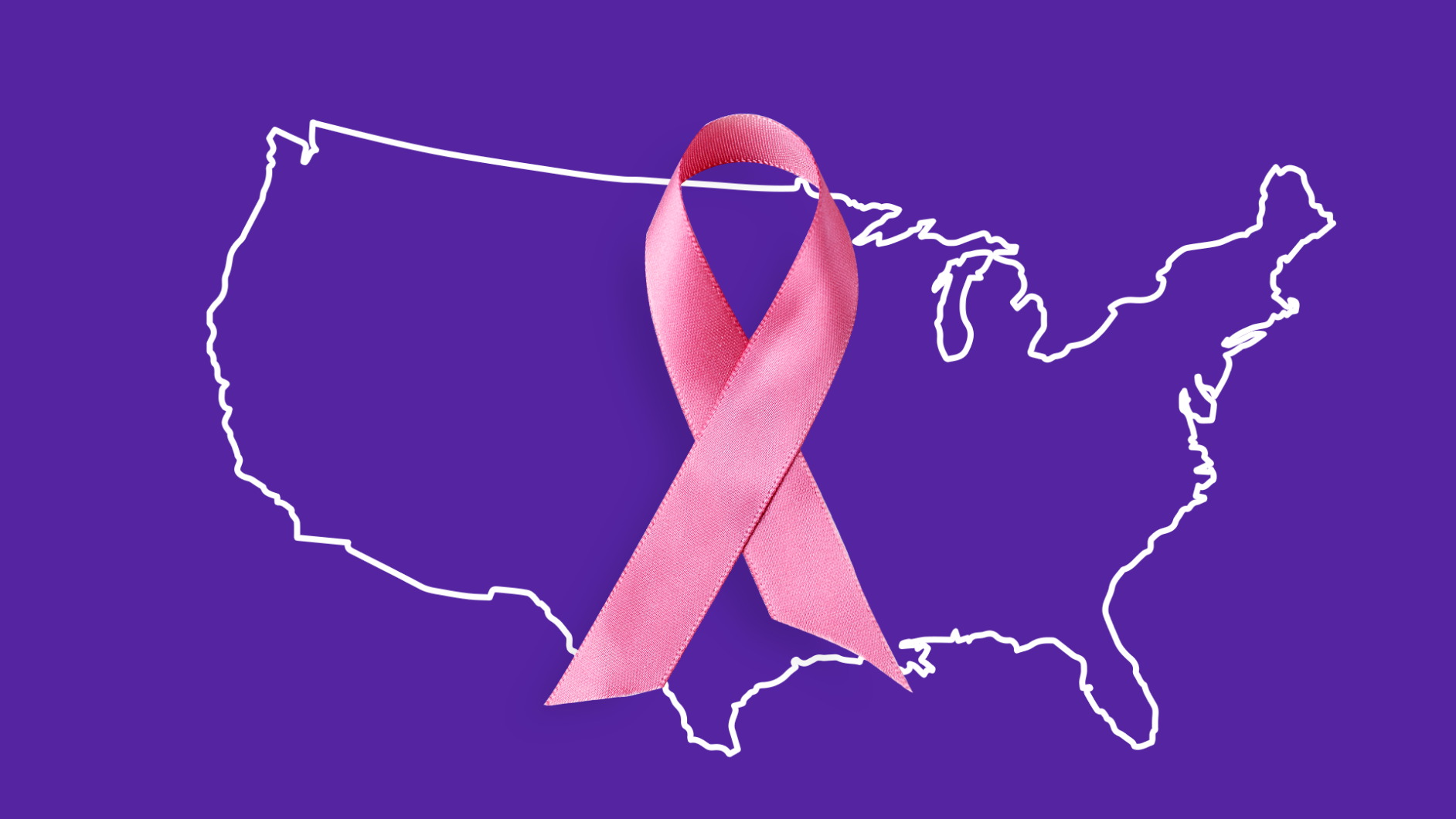Key takeaways
Breast cancer treatment in the U.S. can cost between $20,000 to $100,000 on average, varying widely based on the stage of cancer and types of treatment required.
Medications for breast cancer, such as Lynparza, can cost up to $156,000 per year without insurance, making it difficult for patients to afford treatment.
Early detection plays a crucial role in better outcomes, as well as significantly decreases overall costs.
Cost-saving strategies for breast cancer treatment include asking for generic medications, setting up payment plans, participating in clinical trials, seeking government assistance, and using prescription coupons.
A breast cancer diagnosis is devastating news for anyone, no matter their age, financial status, or even gender. Men and women can develop breast cancer, even though it’s far more common in women. It’s estimated that the lifetime chance of a man getting breast cancer is 1 in 1,000, while for women the risk jumps to 1 in 8.
No matter how high or low your chances are, breast cancer is a life-changing event that can test your resolve, challenge your body, and drain your bank account. Breast cancer treatment is expensive. These are the costs you may face after a diagnosis—with and without insurance coverage.
What is the average cost of breast cancer treatment?
All in all, the average cost of breast cancer is estimated to be $20,000 to $100,000. It varies widely because every fight against breast cancer is different—depending on when it’s detected and how far it has progressed. In many instances, a diagnosis will start you on a course of regular expenses that include office visits, lab work, and prescription medication. While it’s commonly thought that chemotherapy is the most expensive part of treatment, it can be shocking to learn just how much cancer medication costs.
Without insurance, Lynparza (a prescription used to treat breast cancer that has spread to other parts of the body) costs $156,000 per year. Sadly, this figure is the norm rather than the exception, and the huge expense is leading patients to skip or completely forego treatment.
Medication is only part of the problem. Many who are diagnosed in later stages need chemotherapy. Again, the costs can vary considerably, but a basic round of chemo can cost $10,000 to $100,000 or more. Additionally, many people need medication and chemotherapy at the same time. The additional cost of Herceptin, commonly prescribed alongside chemo, drives the price of treatment to over $160,000.
Some women need a mastectomy to treat breast cancer. This surgery is expensive on its own, and is frequently paired with chemotherapy. On average, the procedure costs about $13,000, which does not include any sort of reconstruction. Breast reconstruction after a mastectomy adds anywhere from $5,000 to $8,000 to the total price, depending on the surgeon.
Is breast cancer treatment covered by insurance?
Health insurance is the best way to pay for breast cancer treatment costs. Your coverage will eliminate many of the bills, and can even work with providers to negotiate a lower total amount due.
One patient noted that her initial bill was $200,000, yet her insurance company was able to pay only $60,000. Due to a generous health plan provided by her employer, she ended up owing only $3,000 out of pocket.
Whether you’re covered by insurance or not, early detection can significantly decrease costs. A study published by American Health & Drug Benefits compared insurance claims from various women who had undergone breast cancer treatment and found some startling results. The average costs of breast cancer treatment within the first year after receiving a diagnosis were as follows:
- Stage 0 breast cancer cost: $60,637
- Stage I/II breast cancer cost: $82,121
- Stage III breast cancer cost: $129,387
- Stage IV breast cancer cost: $134,682
- Average breast cancer cost for all stages: $85,772
Early detection helps to offset your medical costs to a significant extent and also gives you a better chance at overcoming your diagnosis. Women age 40 or older should have a mammogram every year. High-risk women should begin this preventative measure at age 30.
RELATED: 9 things you can do to prevent cancer
5 ways to save money on cancer costs
Those without insurance could have a very difficult time paying these high costs. Even those with coverage can face bills beyond their financial ability to pay. There are several considerations to discuss with your doctor to see if lowering your breast cancer treatment costs is feasible, including:
- Asking for generic versions of your prescription medication.
- Discussing the option of setting up a payment plan.
- Finding out if you are eligible for clinical trials, which cost less or may be available free of charge.
- Inquiring about payment assistance from government agencies.
- Using free coupons from companies like SingleCare to save on prescription medications.
Work with your doctor to find the course of treatment that’s right for you, and your financial circumstances.




